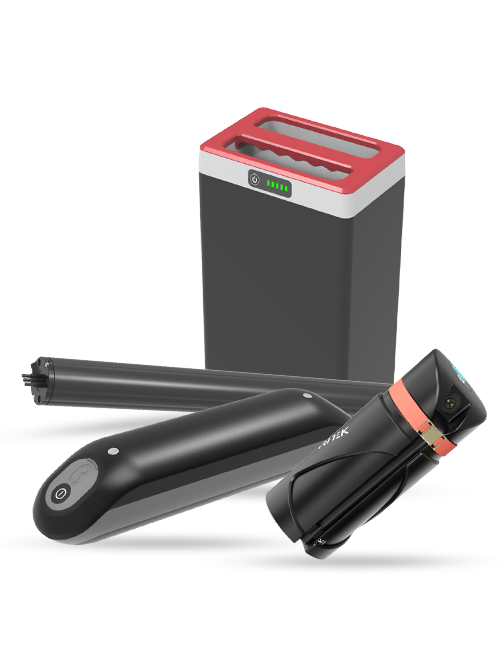Lithium-ion batteries have transformed industries ranging from electric vehicles (EVs) and e-bikes to large-scale energy storage systems. As the demand for cleaner energy and efficient power sources grows, choosing the right battery chemistry becomes critical. Among the many options available, LFP (Lithium Iron Phosphate) and LMFP (Lithium Manganese Iron Phosphate) stand out as two promising technologies. Now the question come, LFP vs LMFP, which is better?
LFP batteries are known for their safety, affordability, and long cycle life, while LMFP batteries offer higher energy density and operating voltage with comparable safety.
In the following sections, we’ll explore the unique characteristics of LFP and LMFP batteries, compare their advantages, and help you determine the best option for your specific needs, whether it’s e-bikes, electric two-wheelers, EVs, or energy storage systems. Read on to make an informed decision!

What is LFP (Lithium Iron Phosphate)?
LFP (Lithium Iron Phosphate) is a type of lithium-ion battery that uses lithium (Li), iron (Fe), and phosphate (PO₄) as its primary components. This chemistry stands out for its robust crystal structure, which ensures stable electrochemical performance during charge and discharge cycles. Iron and phosphate also make it an environmentally friendly and cost-effective option compared to batteries containing cobalt or nickel.
Advantages of LFP
High Thermal Stability
LFP batteries are known for their resistance to overheating, making them one of the safest battery chemistries available. This thermal stability reduces the risk of thermal runaway, a significant concern in high-energy batteries.
Long Lifespan
LFP batteries typically offer more charge-discharge cycles than other lithium-ion chemistries. They can last anywhere from 2,000 to 4,000 cycles, making them ideal for long-term use in energy storage and electric vehicles.
Affordable Cost
Due to readily available materials like iron and phosphate, LFP batteries are more affordable to produce, especially when compared to cobalt-based alternatives. This lower cost makes them attractive for large-scale applications.
Safe for High-Temperature Operations
LFP’s inherent stability enables it to perform well in high-temperature environments without compromising safety or efficiency. This characteristic makes it particularly suitable for applications in hot climates or where heat generation is high.
Tritek’s LFP Batteries:
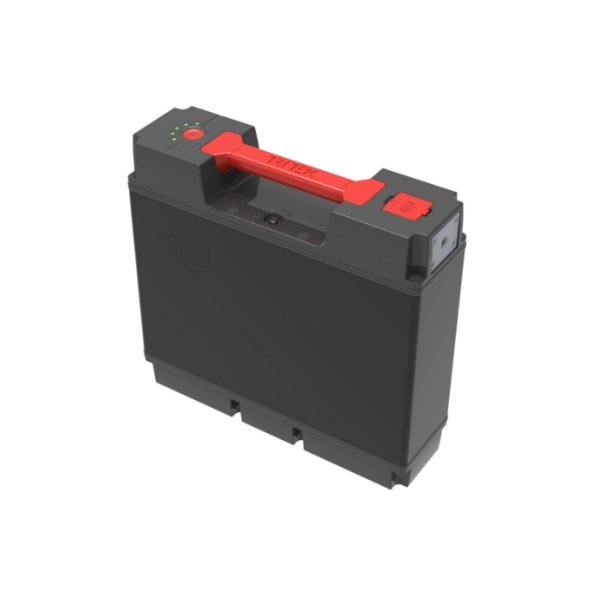
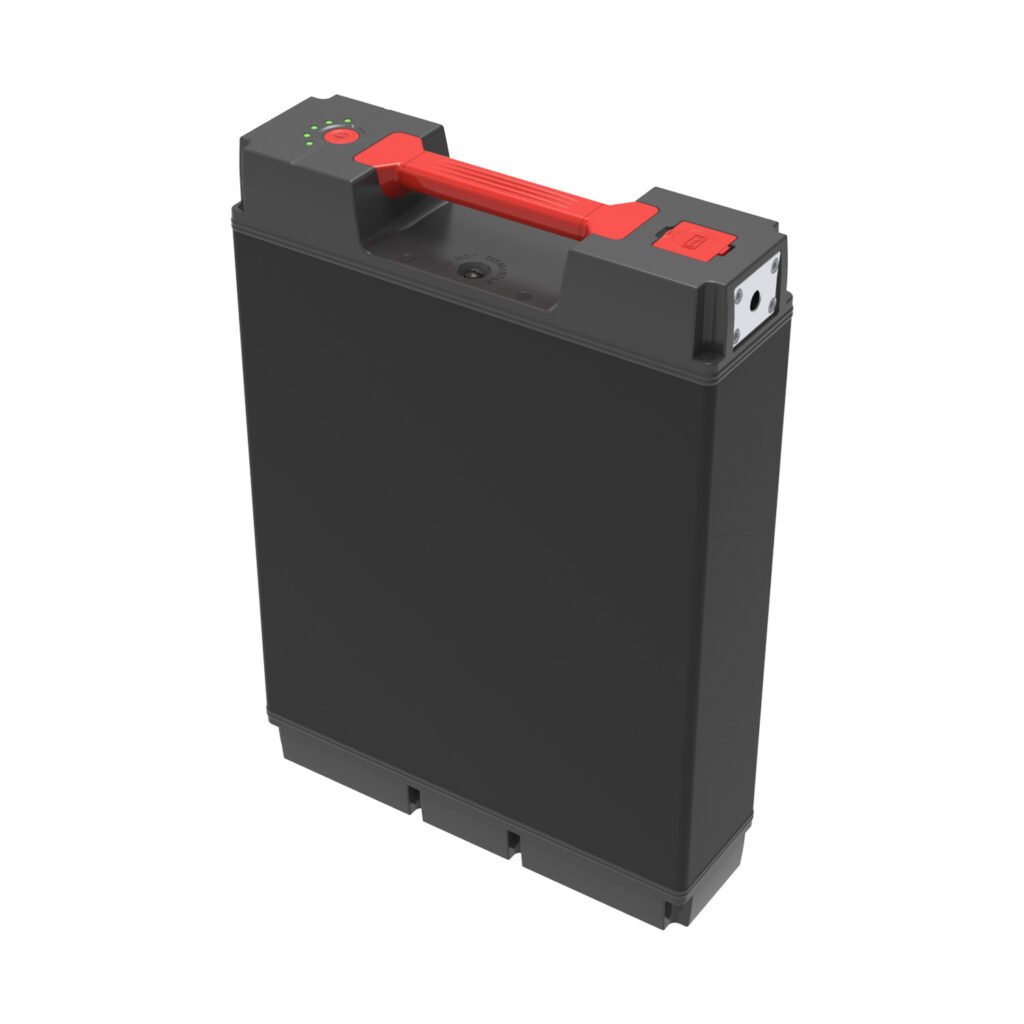
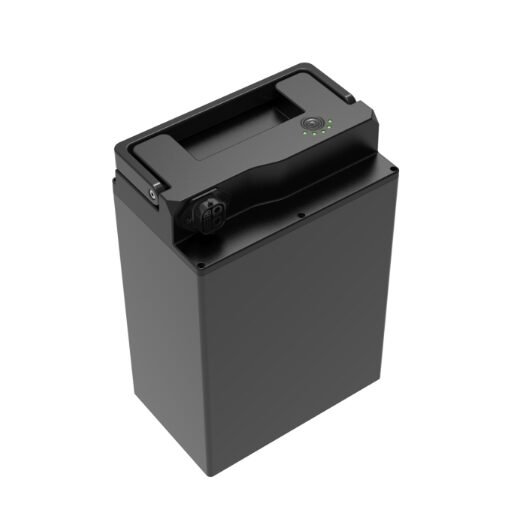
What is LMFP (Lithium Manganese Iron Phosphate)?
LMFP (Lithium Manganese Iron Phosphate) is an advanced version of the LFP battery chemistry. The key difference lies in the addition of manganese (Mn) to the traditional lithium-iron phosphate structure. By incorporating manganese into the LFP chemistry, LMFP batteries gain an improved electrochemical profile, including better energy density and operating voltage. The inclusion of manganese allows the battery to store more energy and release it at a higher voltage, enhancing overall performance.
Advantages of LMFP
Improved Energy Density
One of the primary advantages of LMFP batteries is their higher energy density, which can reach up to 200 Wh/kg or more, compared to the lower energy density 160-180 Wh/kg typical of LFP batteries. This improvement is directly related to the manganese’s ability to enhance the electrochemical activity of the battery.
Higher Operating Voltage
LMFP batteries operate at a higher nominal voltage of around 3.5V (compared to LFP’s 3.2V), which contributes to higher power output. This makes LMFP batteries more efficient in energy delivery, particularly in applications that require high performance, such as electric vehicles (EVs).
Retained Safety of LFP
Despite its enhanced performance, LMFP retains the inherent safety characteristics of LFP batteries, including thermal stability and resistance to overheating. This makes LMFP suitable for applications that require both high power and high safety standards.
Tritek’s LMFP batteries:
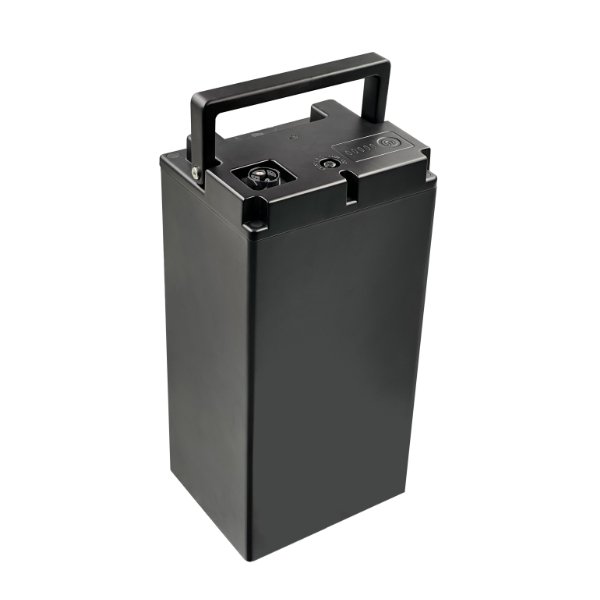
Comparative Analysis: LFP vs LMFP
Energy Density
- LFP: LFP batteries offer a low energy density 160-180 Wh/kg, suitable for lower power applications.
- LMFP: LMFP batteries offer a high energy density 200+ Wh/kg, providing more energy for high-performance uses.
Operating Voltage
- LFP: Moderate at 3.2V, stable for typical applications.
- LMFP: Higher at 3.5V, offering more power output.
Cycle Life
- LFP: Long cycle life, typically 2,000-4,000 cycles.
- LMFP: Similar or potentially better longevity.
Cost and Material Availability
- LFP: Lower cost, widely available materials.
- LMFP: Slightly higher cost due to manganese but still cost-effective.
Thermal Stability and Safety
Both: High safety and thermal stability, with LMFP showing slight advantages in high-voltage scenarios.
Use Case Scenarios: When to Choose LFP or LMFP
- LFP: Best for e-bikes, energy storage systems, and applications prioritizing safety, affordability, and long cycle life. Ideal for electric two-wheelers (E2Ws) and smaller vehicles.
- LMFP: Suited for high-performance EVs, larger-scale energy storage, and applications needing higher energy density and power output without sacrificing safety, such as electric cars and next-gen mobility solutions.
Conclusion
In summary, LFP and LMFP each offer distinct advantages. LFP excels in safety, affordability, and cycle life, making it ideal for e-bikes, energy storage systems, and low-power EVs. On the other hand, LMFP’s higher energy density and operating voltage make it better suited for high-performance EVs and larger-scale applications.
Ultimately, the choice between LFP and LMFP depends on the specific needs of the application—whether it’s prioritizing cost and reliability or seeking more power and efficiency. Both technologies will play pivotal roles in advancing the future of clean energy and e-mobility.
At Tritek, we specialize in delivering advanced battery solutions, including NMC, LFP, and LMFP battery packs. Our products are tailored for various applications, from electric two-wheelers to energy storage systems and robotics, ensuring optimal performance, safety, and reliability.


